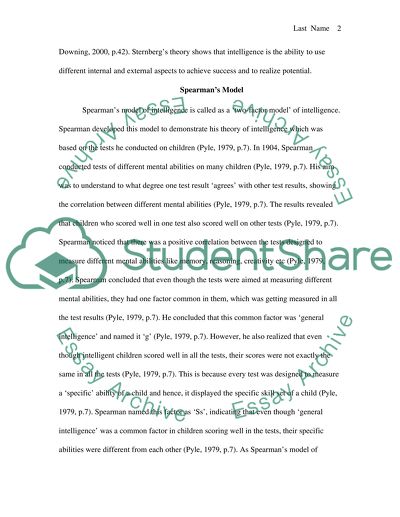Cite this document
(“Aspects of Psychology Unit4 Essay Example | Topics and Well Written Essays - 1500 words”, n.d.)
Retrieved from https://studentshare.org/environmental-studies/1406074-aspects-of-psychology
Retrieved from https://studentshare.org/environmental-studies/1406074-aspects-of-psychology
(Aspects of Psychology Unit4 Essay Example | Topics and Well Written Essays - 1500 Words)
https://studentshare.org/environmental-studies/1406074-aspects-of-psychology.
https://studentshare.org/environmental-studies/1406074-aspects-of-psychology.
“Aspects of Psychology Unit4 Essay Example | Topics and Well Written Essays - 1500 Words”, n.d. https://studentshare.org/environmental-studies/1406074-aspects-of-psychology.


